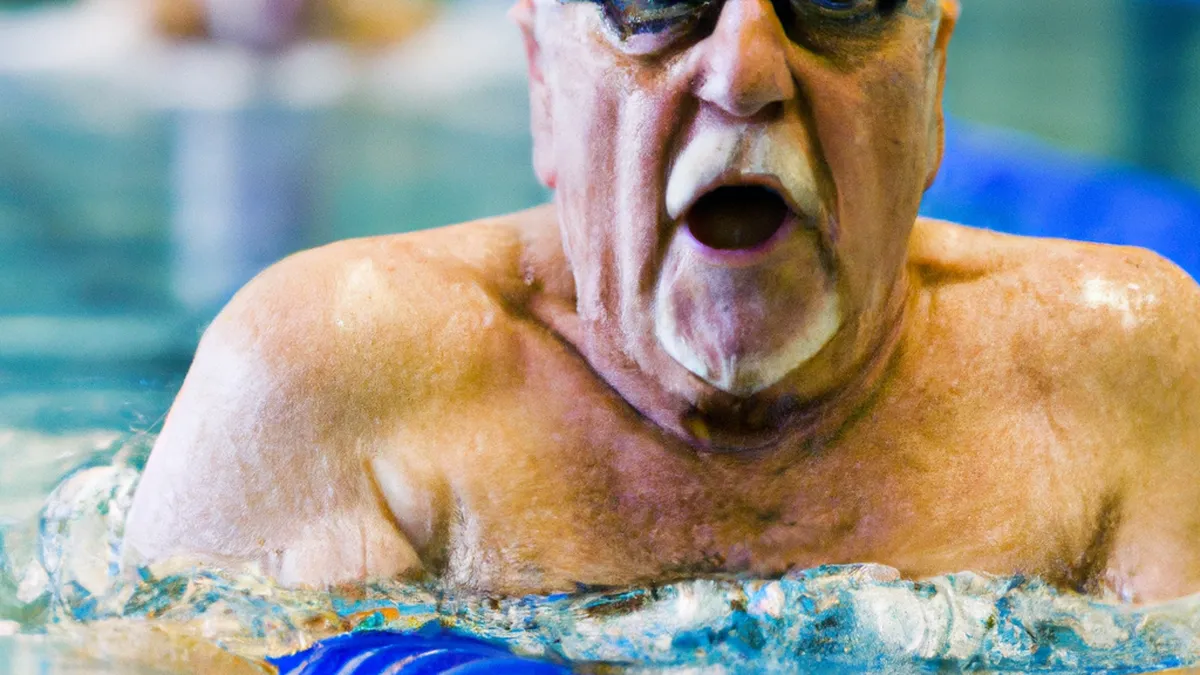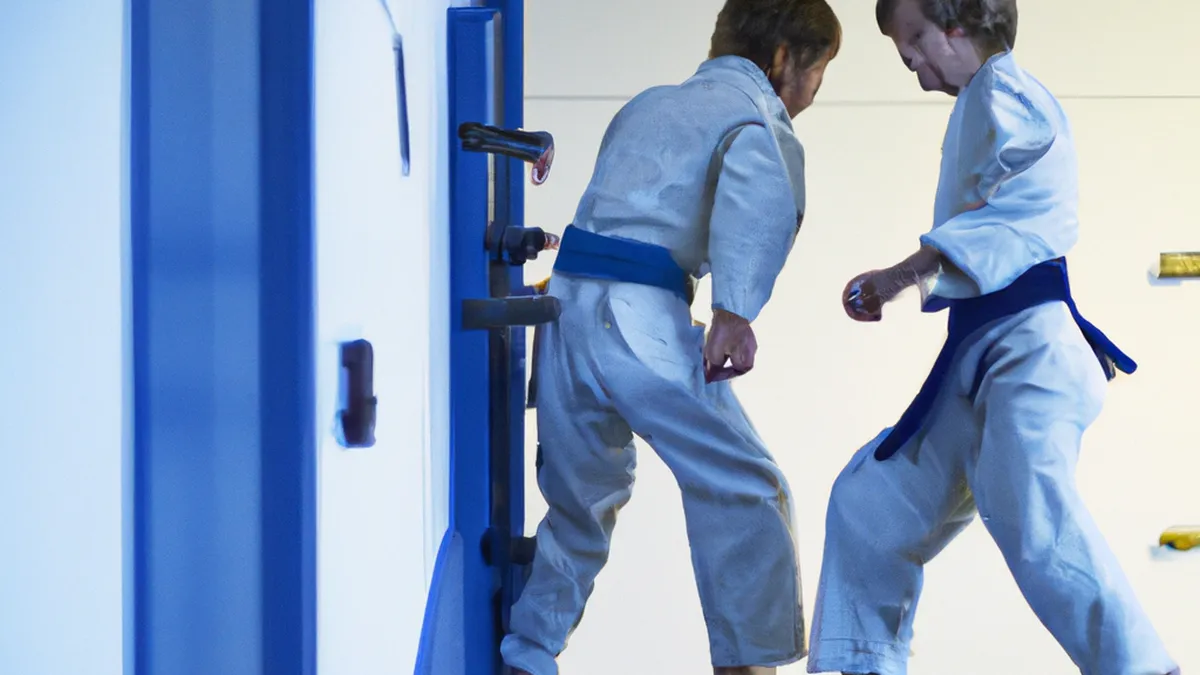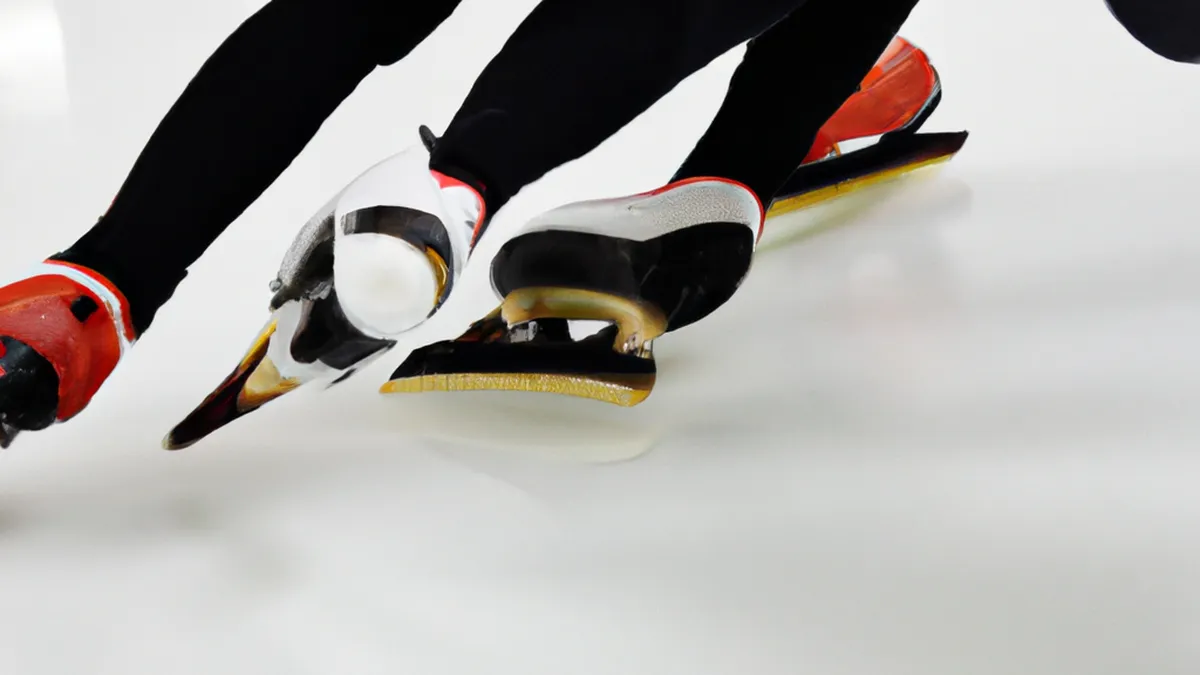Swim Smart: Benefits for Older Athletes
Training Adaptations for Senior AthletesAging does not require individuals to abandon athletic pursuits. Many senior athletes compete and engage in sports well into their later years. They show that age can be just a number regarding physical activity. However, training adaptations help maintain performance and minimize injury risk. This blog post shares effective strategies for senior athletes to enhance performance and well-being.
Understanding the Aging Body
Aging causes physiological changes that affect athletic performance. Senior athletes must recognize these changes to sustain training and compete effectively.
Muscle and Strength Changes
Sarcopenia, the gradual loss of muscle mass and strength, significantly affects aging athletes. This decline usually starts around age 30 and accelerates after 60. Reduced muscle mass can decrease strength, challenging seniors to maintain athletic performance.Senior athletes must prioritize strength training in their fitness regimens. Resistance exercises help maintain muscle mass, improve strength, and enhance functional fitness. Effective exercises include squats, lunges, push-ups, and resistance band workouts.
Flexibility and Joint Health
Aging impacts flexibility and joint health. Many seniors experience stiffness and reduced joint motion. They must maintain flexibility through regular stretching and mobility exercises. Dynamic stretches before workouts and static stretches afterward improve flexibility and reduce injury risk.Activities like yoga and Pilates promote flexibility, core strength, and balance. These practices maintain joint health and contribute to mental well-being.
Cardiovascular Changes
Cardiovascular fitness declines with age. The heart becomes less efficient at pumping blood, diminishing overall aerobic capacity. Seniors may find it challenging to sustain the intensity or duration of past workouts.Senior athletes should focus on low-impact aerobic activities like swimming, cycling, or walking. These activities provide cardiovascular benefits with less joint stress. Interval training—alternating between higher and lower intensity—effectively improves cardiovascular fitness without overexertion.
Tips for Effective Training
As an Amazon Associate I earn from qualifying purchases.
Gear tip: consider stretching strap, yoga blocks, and resistance bands to support this topic.
Adapting training routines helps senior athletes continue enjoying sports. Here are practical tips to enhance performance and safety.
Focus on Strength Training
Prioritize strength training at least twice a week, targeting all major muscle groups. Use free weights, resistance bands, or bodyweight exercises. Start with lighter weights and gradually increase as strength improves. Aim for 8-12 repetitions per exercise, ensuring the last few reps remain challenging yet achievable.
Incorporate Flexibility Exercises
Include flexibility exercises and mobility routines in training. Dedicate time to stretch major muscle groups regularly. These practices help maintain range of motion and prevent injuries.
Engage in Low-Impact Cardio
Choose low-impact cardiovascular activities to reduce joint stress. Activities like swimming, cycling, and walking offer great benefits. Incorporate interval training to enhance endurance and fitness safely.
Conclusion
Senior athletes can maintain performance and well-being with tailored training adaptations. Prioritize strength, flexibility, and cardiovascular fitness for continued success in sports.
Below are related products based on this post:
FAQ
What are the main physiological changes that affect senior athletes?
Aging leads to physiological changes such as sarcopenia, which is the gradual loss of muscle mass and strength. This decline typically begins around age 30 and accelerates after 60, making it challenging for seniors to maintain their athletic performance.
How can senior athletes maintain their strength?
Senior athletes should prioritize strength training at least twice a week, targeting all major muscle groups. Incorporating resistance exercises such as squats, lunges, and push-ups can help maintain muscle mass and improve overall strength.
What types of cardiovascular activities are recommended for seniors?
Low-impact cardiovascular activities like swimming, cycling, and walking are recommended for seniors to reduce joint stress. Additionally, incorporating interval training can enhance cardiovascular fitness safely without overexertion.















Post Comment